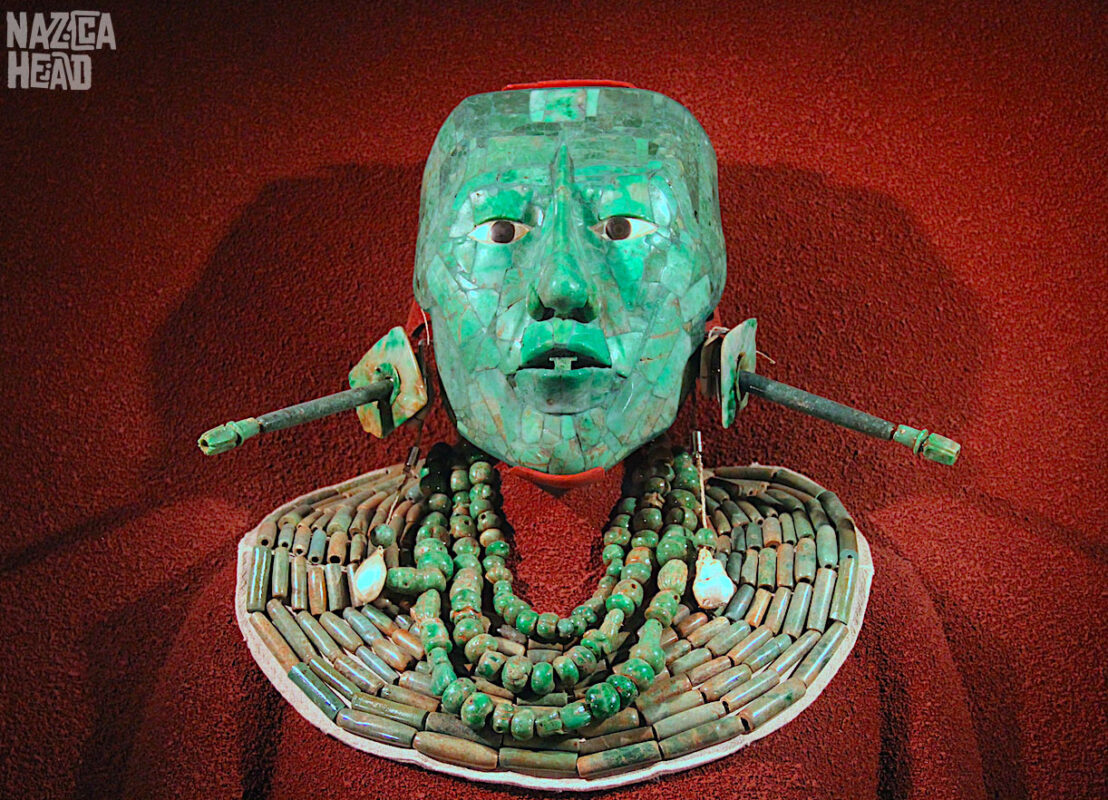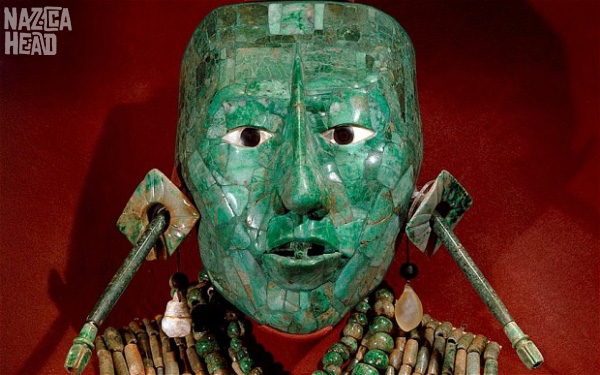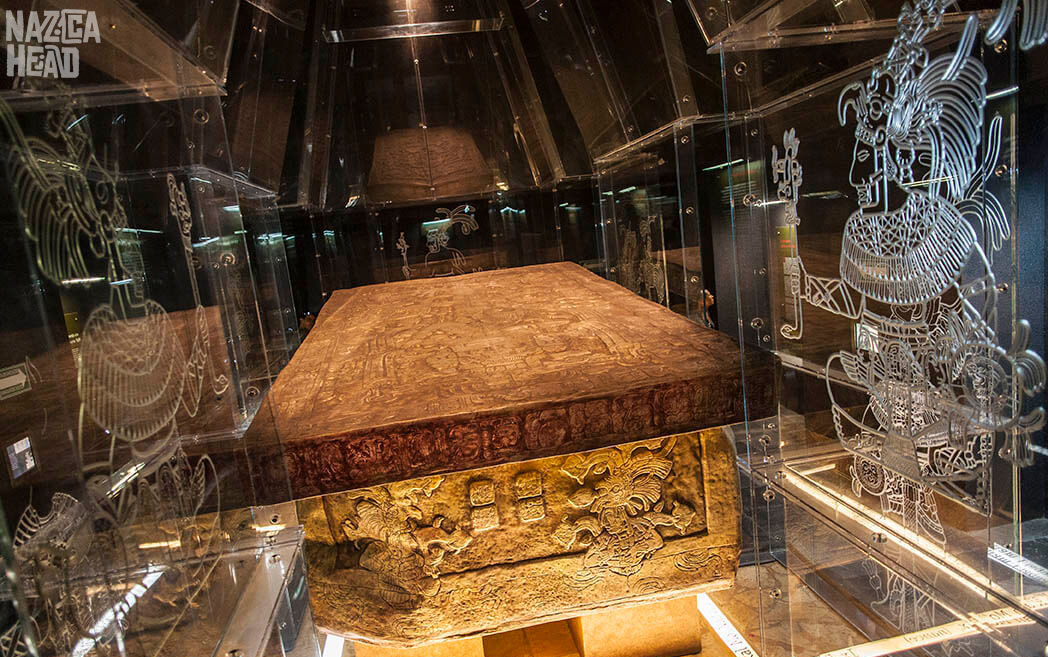Maya
The Sacred Funeral Mask of Pakal
Pakal’s Funeral Mask is an iconic artifact from the ancient Mayan civilization. They discovered the mask in 1952 in the tomb of the Mayan ruler, Pakal, in the ancient city of Palenque, Mexico. The mask, which is made of stucco and decorated with jade, obsidian, and shell, is believed to have been created to honor Pakal’s death and to protect him in the afterlife. It is a symbol of the power and influence of the Mayan civilization and is a reminder of the importance of honoring the dead.
Exploring the Ancient Mayan Artistry of Pakal’s Funeral Mask
The ancient Mayan civilization has renowned intricate and beautiful artistry, and they created one of the most iconic examples of this: the funeral mask of Pakal, the ruler of the Mayan city of Palenque.
This mask, which was discovered in 1952, is a stunning example of the skill and craftsmanship of the Mayan people. The mask is made of a single piece of jade, and is intricately carved with a variety of symbols and motifs. The face of the mask is a representation of Pakal himself, with his eyes, nose, and mouth all carefully carved into the jade. The symbolism of the mask is thought to represent Pakal’s journey to the afterlife, representing Pakal’s transformation from a mortal ruler to an immortal being. The mask is a stunning example of the skill and artistry of the ancient Mayan people. The intricate carvings and symbolism of the mask demonstrate the skill and craftsmanship of the Mayan people, and the mask is a testament to their skill and creativity. The mask is a reminder of the beauty and complexity of the ancient Mayan civilization, and the skill and artistry of the Mayan people.

Uncovering the Mysteries Behind Pakal’s Funeral Mask
The funeral mask of the ancient Mayan ruler, Pakal, is one of the most iconic artifacts of the ancient Mayan civilization. The mask, which is made of jade and stucco, is believed to have been created in the 7th century CE and is thought to have been used in Pakal’s funeral ceremony. The mask has been the subject of much speculation and debate among scholars, as its exact purpose and meaning remain shrouded in mystery. In order to better understand the significance of the mask, it is important to consider the context in which it was created.
The Mayan civilization was a highly advanced society that was deeply invested in religious and spiritual practices. As such, it is likely that the mask was created to serve a spiritual purpose. It is believed that the mask was used to represent Pakal’s spirit in the afterlife, and that it was meant to be a symbol of his power and authority. The mask itself is highly detailed and intricately designed. It features a human face with a large headdress, which is adorned with symbols of the sun, moon, and stars. The eyes of the mask are almond-shaped and are to represent Pakal’s connection to the gods. The mask also features a large nose, which is thought to represent Pakal’s ability to smell the gods. The exact meaning of the symbols on the mask is still unknown, but scholars have suggested that they may represent Pakal’s connection to the gods and his role as a ruler. It is also possible that the symbols represent Pakal’s journey to the afterlife, as the mask is believed to have been used in his funeral ceremony.
The mystery behind Pakal’s funeral mask is one that continues to fascinate scholars and researchers alike. While the exact purpose and meaning of the mask remain unknown, it is clear that it was an important symbol of the ancient Mayan civilization and that it was likely used to represent Pakal’s spirit in the afterlife.
The Impact of Pakal’s Funeral Mask on Modern Art and Design
Pakal’s funeral mask has had a profound impact on modern art and design, which is believed to have been created in the 7th century, is a stunning example of Mayan artistry and craftsmanship. The intricate details of the mask, which depict the face of the Mayan ruler Pakal, have inspired countless modern artists and designers. The mask has been used as a source of inspiration for a variety of art forms, from painting and sculpture to fashion and interior design. In the visual arts, the mask has been used as a source of inspiration for a variety of works, from abstract paintings to realistic sculptures. The mask has also been used as a source of inspiration for fashion designers, who have used its intricate details to create unique and stylish clothing. In interior design, it has been used to create stunning and unique pieces of furniture and decor. The impact of Pakal’s funeral mask on modern art and design is undeniable. Its intricate details and unique design have inspired countless artists and designers to create works of art that are both beautiful and meaningful. The mask has become a symbol of Mayan culture and artistry, and its influence can be seen in a variety of art forms around the world.



